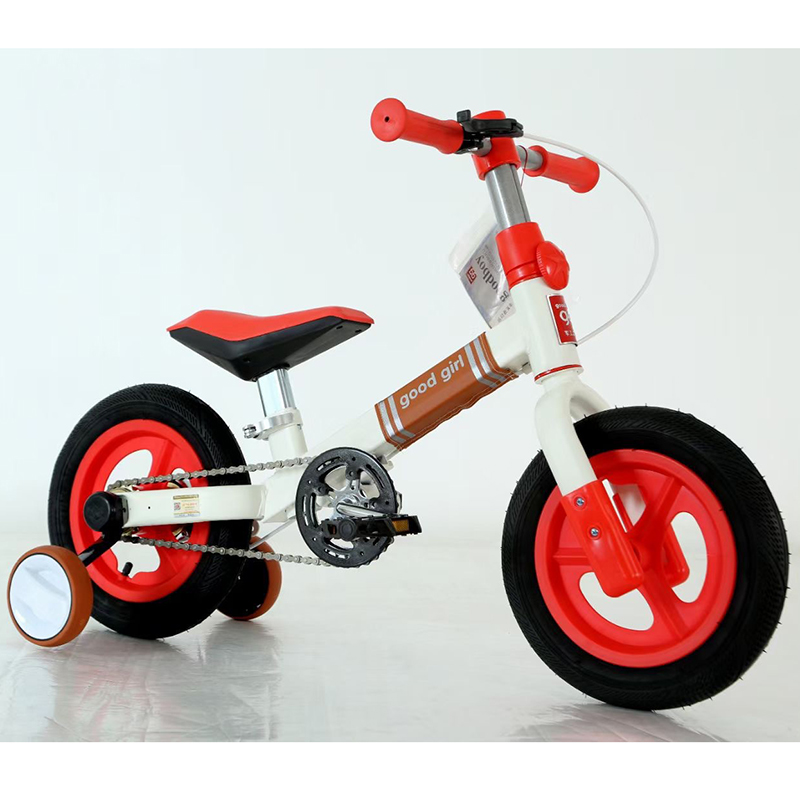Carbon MTB - Lightweight and Durable Mountain Bikes for Ultimate Performance
The Rise of Carbon Mountain Bikes
Mountain biking has evolved into one of the most exhilarating and dynamic outdoor sports, captivating adventurers and fitness enthusiasts alike. At the heart of this evolution is the emergence of carbon mountain bikes (MTBs) – a revolutionary option that has transformed the riding experience. This article explores the appeal and advantages of carbon MTBs, highlighting why they have become the preferred choice for many riders.
Lightweight Performance
One of the most significant advantages of carbon mountain bikes is their weight. Carbon fiber frames are considerably lighter than their aluminum or steel counterparts. Weighing in at a few pounds less, carbon MTBs enable riders to climb steep trails with greater ease and achieve faster speeds on flat terrain. The reduced weight is particularly noticeable during long rides or competitive events, where every gram matters. Riders often find that a lighter bike boosts their stamina, making it easier to tackle tough trails.
Enhanced Stiffness and Strength
While lightweight, carbon fiber doesn't compromise on strength. In fact, carbon MTBs offer a unique blend of stiffness and compliance. This means that while the bike is rigid enough to handle rough terrain, it can also absorb shocks and vibrations, providing a smoother ride. The stiffness translates into improved power transfer when pedaling, allowing for more efficient acceleration and better control on descents. The ability of carbon to be molded into complex shapes also means manufacturers can design frames that strategically enhance aerodynamics and performance.
Aesthetic Appeal and Customization
carbon mtb

In addition to performance benefits, carbon mountain bikes boast an aesthetic quality that appeals to many riders. The sleek lines and unique finish of carbon fiber frames have a modern appeal, often turning heads on the trails. Moreover, carbon allows for greater versatility in design, enabling manufacturers to create models that cater to various riding styles and preferences. Riders can often find options that not only fit their physical dimensions but also their aesthetic desires, resulting in a personalized biking experience.
Durability and Longevity
Many may be concerned about the durability of carbon frames, but advancements in technology have significantly enhanced their resilience. Quality carbon mountain bikes are built to withstand the rigors of aggressive riding, with many models featuring integrated protections against impacts and abrasions. Although repair can be more complicated and expensive than for metal frames, a well-cared-for carbon bike can last for many years, making it a worthwhile investment for avid riders.
The Price Factor
Despite the many advantages, it’s essential to acknowledge the price point of carbon mountain bikes. They typically come with a higher price tag compared to aluminum or steel bikes. However, for dedicated mountain bikers looking for performance enhancements and an unforgettable riding experience, the investment can be well justified. As technology becomes more accessible, prices are gradually decreasing, allowing more riders to enter the carbon MTB realm.
Conclusion
In conclusion, the rise of carbon mountain bikes heralds a new era in mountain biking, characterized by lightweight performance, enhanced strength, aesthetic appeal, and increased durability. While the price remains a significant consideration, the unique benefits they provide continue to lure riders seeking the ultimate experience on the trails. As technology continues to advance, we can expect carbon MTBs to play an even more central role in the future of mountain biking, inspiring a new generation of adventurers to explore the great outdoors.
-
Baby Balance Bike OEM Service – Kids No-Pedal, LightweightNewsNov.10,2025
-
OEM Kids Bike Children Bicycle – Cheap Wholesale BicyclesNewsNov.10,2025
-
Kids Bike New Model 12–18 inch Boys & Girls Bike, AdjustableNewsNov.10,2025
-
China Cheap Price Safe Kids Bike for 10yo w/ Training WheelsNewsNov.10,2025
-
China CE-Certified Kids Balance Bike, Guaranteed QualityNewsNov.10,2025
-
Colorful Outdoor Flashing Carton Children Scooter for KidsNewsNov.10,2025
-
Best Price Kids Balance Bike – Superior Quality, No PedalsNewsNov.10,2025








